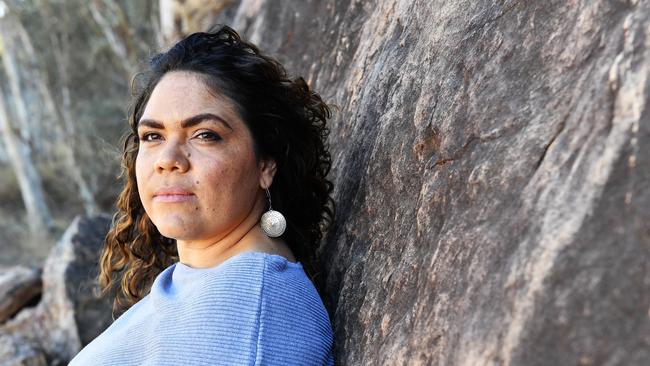Report reveals Indigenous Australians face up to 19 per cent unemployment, with crime, health other big concerns
UNEMPLOYMENT sits at 19 per cent for Indigenous Australians living in regional and very remote Australia, as opposed to just under 7 per cent for non-Indigenous, according to a new paper released today, written by Alice Springs deputy mayor Jacinta Price.
Centralian Advocate
Don't miss out on the headlines from Centralian Advocate. Followed categories will be added to My News.
UNEMPLOYMENT sits at 19 per cent for Indigenous Australians living in regional and very remote Australia, as opposed to just under 7 per cent for non-Indigenous, according to a new paper released today, written by Alice Springs deputy mayor Jacinta Price.
It is just one of many issues facing Indigenous Australians, the Centre for Independent Studies (CIS) paper reveals.
The Indigenous population also faces dire rates of violence, crime and life expectancy.
In Worlds Apart: Remote Indigenous disadvantage in the context of wider Australia, author Ms Price, who is also director of the CIS Indigenous Research Program, outlines the vast gap between communities with a higher proportion of Indigenous population and the rest of Australia in a range of categories, including life expectancy, school attendance, education levels, employment, health and crime — especially domestic violence.
“Across all states and territories examined, these crimes occur at twice the rate — and higher — for communities that have 50 per cent or more Indigenous population,” she said.
“Alarmingly, in some states and territories, domestic violence and assault outstrip the rate of all other crimes.

MORE TOP NEWS
Australia Walking Co. proposes new 40km ‘Uluru Lodge Walk’ to replace climb after 2019 ban
Number of Territorians on JobSeeker surges in December, as full-time jobs fail to return
“Unemployment in very remote communities is 29 per cent, as opposed to three per cent for non-Indigenous unemployment in those communities.
“Nationally, Indigenous Australians experience three times the unemployment rate of non-Indigenous Australians.
“This has a knock-on effect, given that employment has a direct impact on school attendance and crime rates.”
The paper reveals school attendance has declined across all states and territories to 82 per cent, compared to the rest of Australia at 92 per cent.
In the Northern Territory, the Indigenous school attendance rate has declined even further – to 63 per cent.
Life expectancy also has not improved, with Indigenous women in remote communities living up to 69.6 years, compared to Indigenous women in cities at 76.5 years. The respective figures for men are 65.9 and 72.1 years.
CENTRALIAN ADVOCATE sizzling new deal: Get all your news for just $5 a month
“The Closing the Gap plan has done very little to address disadvantage for Indigenous Australians living in remote and very remote communities,” Ms Price said.
“Life expectancy has not improved at all and school attendance has declined across all states and territories.”
“In 2021, it is unacceptable that in one of the world’s wealthiest nations, such conditions exist. We require effective policies that deal with the dire circumstances in remote communities — not the current raft of policies that are based primarily on Indigeneity.”


